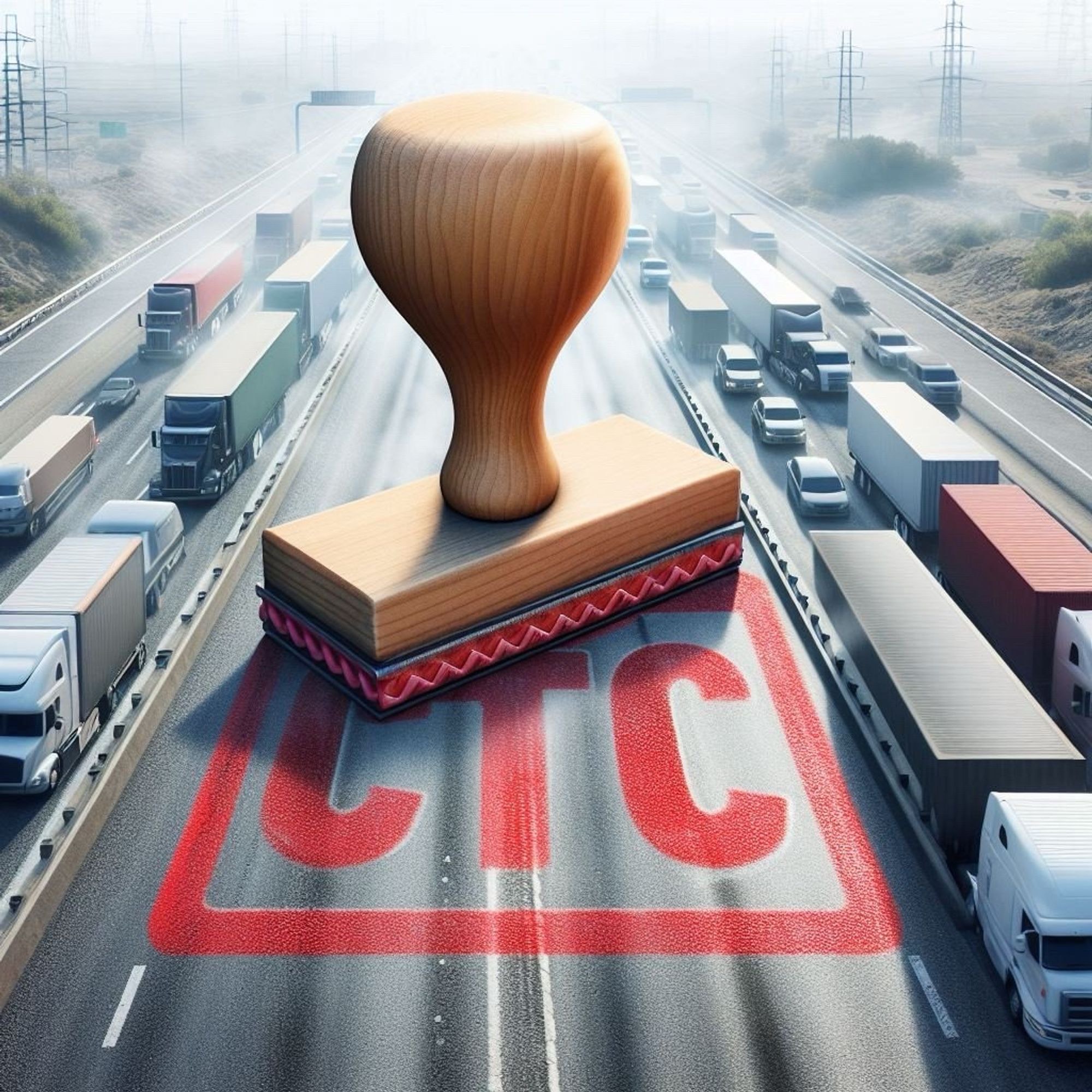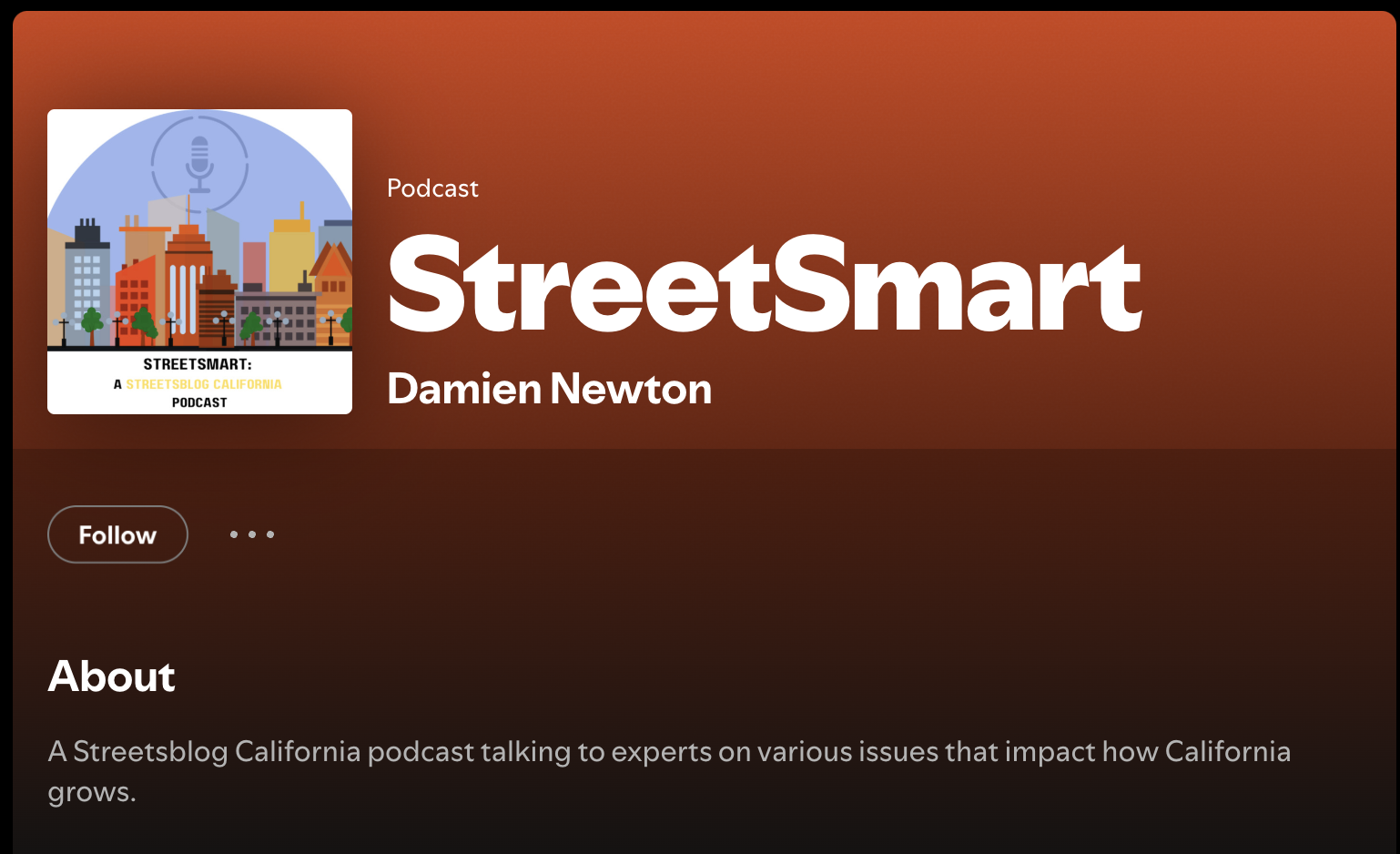In December 2023, the California Transportation Commission (CTC) postponed a final vote to approve funding for a highway project that would widen I-15 between Riverside and San Bernardino Counties. The commissioners cited a need for more information to address an important consideration – how its environmental impacts would be mitigated. In taking this action, the CTC exercised one of its most essential duties: discretion. The decision to hit pause on the approval of $200 million in spending on a potentially problematic highway expansion is a show of basic fiscal responsibility.
Unfortunately, special interests invested in the pave-the-earth status quo of the past see it differently.
California is facing an historic budget shortfall — somewhere between $38 and $68 billion, depending on who's counting. A deficit this big is forcing the state to make hard choices to close the gap, with Governor Gavin Newsom proposing significant cuts to key climate, education, social services, and housing programs. For the first time, the state is likely to withdraw reserves from its rainy day fund, which was established in 2014.
As the state considers scaling back vital programs, it only makes sense that highway projects of questionable benefit should face heightened scrutiny. Yet, from reading several letters submitted to the CTC by highway lobbyists and a number of state representatives, one might get the impression that this (likely temporary) delay in funding approval means that the sky is falling.
So, let’s talk about the project itself for a moment to get the full picture. The Interstate 15 “Corridor Freight Improvement Project” would add 32 miles of new lane capacity to I-15, with the purported goals of reducing congestion and providing travel time savings. But it is unlikely that widening I-15 will reduce traffic congestion, as we have learned from studying countless past attempts to alleviate traffic via highway expansions.
Instead, the project will likely result in more traffic, as an influx of commuters make use of the new lane capacity. A project of this size would induce over 150 million additional vehicle miles traveled annually, which translates to roughly 1 million additional metric tons of carbon dioxide emitted between now and 2050 and many, many more commuters stuck in traffic. That’s over a third of what San Bernardino County already emits in a year.
New highway capacity will also draw more truck traffic to the area, impacting air quality in a region that is already struggling with high rates of asthma and air pollution. Commissioner Joe Lyou summed it up at December’s CTC meeting: “In a place like the Inland Empire, where warehouses pop up every day… providing that capacity on that freeway will influence whether we get more [warehouses]. And it will and can induce truck traffic.”
The project does not include measures to mitigate these harms to the climate and to public health, nor does it attempt to provide the residents of San Bernardino or Riverside Counties with transportation options that involve spending less time in a car.
A lot has changed since the I-15 project was approved for its design stage in 2018. At the behest of Governor Newsom’s Executive Order N-19-19, the state developed and adopted the Climate Action Plan for Transportation Infrastructure, which calls for a shift away from pave-as-you-go highway expansions. In 2022, the California Air Resources Board’s (CARB) scoping plan update highlighted the need to dramatically reduce car dependence in the near-term to meet our climate goals – and a subsequent report from CARB identified continued highway expansions as the key barrier to reducing vehicle miles traveled. The climate crisis is top of mind for millions of Californians as it grows more pronounced, causing natural disasters that have disrupted lives and damaged communities all over the state. We must urgently reduce emissions from the transportation sector, especially from our traffic-choked highways.
And we must not forget that California is currently facing its worst budget deficit in thirty years.
Californians are living in a time of increased climate and fiscal uncertainty. What seemed sensible five years ago is not always going to make sense today. Now is the time for independent bodies like the CTC to be exercising their discretion, and asking whether their actions help or harm California’s efforts to improve public health, reduce traffic, and achieve its climate targets. On the question of the I-15 expansion, let us hope that the Commission chooses Californians and California’s future over special interests and the same old ways of the past.






